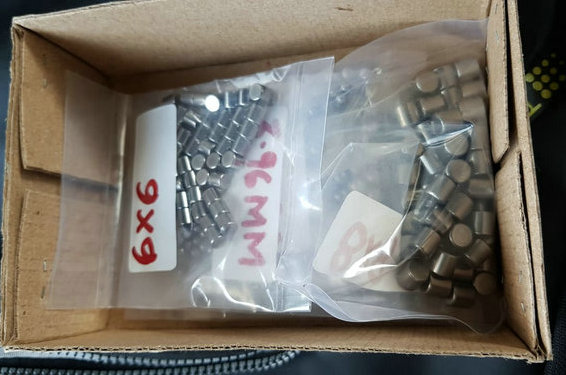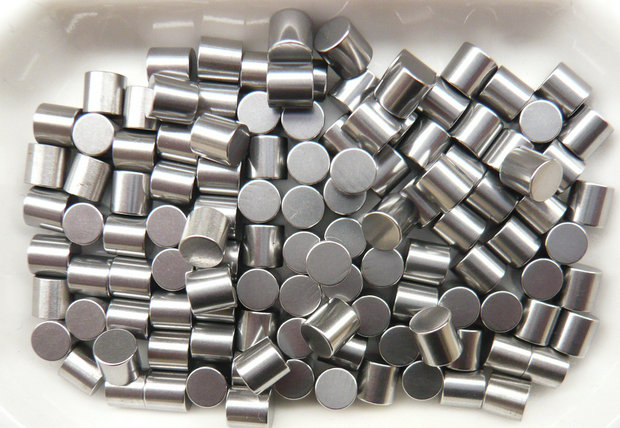
locating steel pins are typically used as precision alignment components in various applications! needle rollers are cylindrical rollers with a long and thin shape, and they are typically used in needle roller bearing.
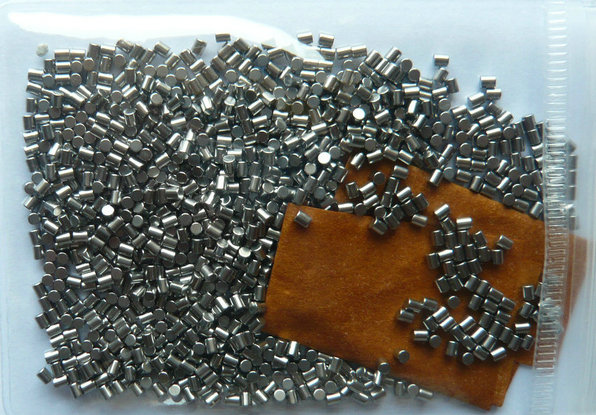
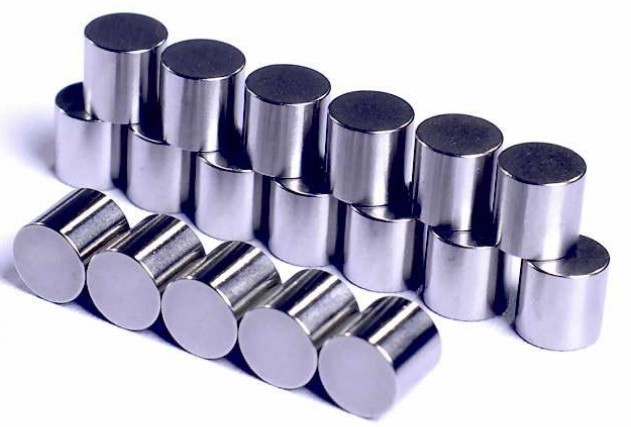
the main difference between needle rollers and locating steel pins is their function and application. needle rollers are used to reduce friction and facilitate motion in bearing applications, while locating steel pins are used as precision alignment components in various applications.
However, the quenching process can also cause problems such as deformation or cracking in the parts, so it requires careful control and monitoring to ensure the quality and consistency of the parts. Proper quenching techniques and parameters need to be used, such as the appropriate quenching medium and cooling rate, to achieve the desired properties in the cylindrical rollers.
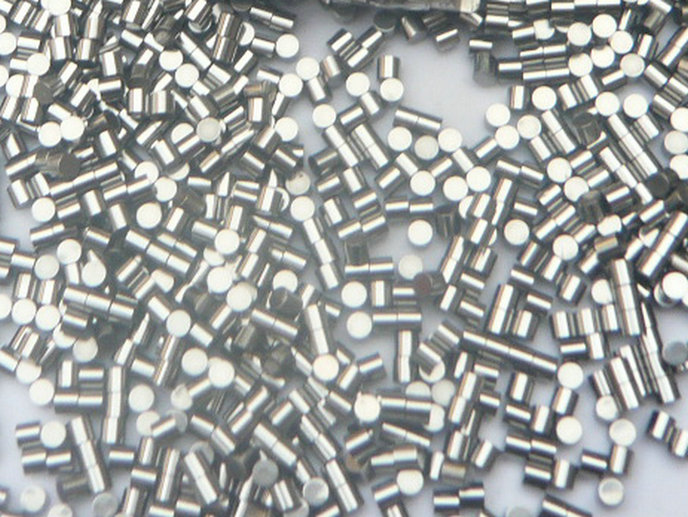
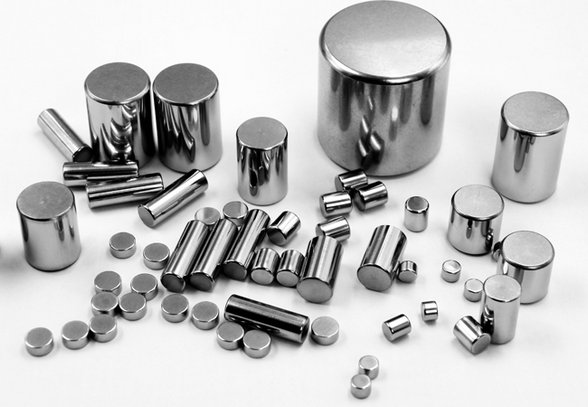
locating steel pins are typically used as precision alignment components in various applications. they are often made from tool steel or other high-strength materials and have a cylindrical shape with a chamfered tip. the chamfered tip allows for precise alignment of the pin with the mating hole, and the shoulder of the pin ensures that the pin remains in place once inserted.
In a pneumatic or hydraulic cylinder, the piston is typically supported by one or more sets of cylindrical rollers, which are arranged around the circumference of the piston and engage with the cylinder bore. As the piston moves back and forth, the cylindrical rollers roll along the bore, reducing friction and wear.
needle rollers and locating steel pins are two different types of components used in mechanical systems, and they have different functions and characteristics.
needle rollers are cylindrical rollers with a long and thin shape, and they are typically used in needle roller bearings to reduce friction and facilitate motion. they are often made from hardened steel or other high-strength materials and are capable of supporting high loads while maintaining a small profile.
we are professional manufacture of bearing rollers and cylindrical needle rollers. we produce rollers of diameter 0.5 mm to 60 mm. the rollers could satisfy the request of DIN 5402 G2 rollers.
standard sizes of cylindrical rollers
| D*L | D*L | D*L | D*L | D*L | D*L | D*L | D*L | ||
|---|---|---|---|---|---|---|---|---|---|
| 1x1 | 1.2x1.2 | 1.5x1.5 | 2x2 | 2.2x2.2 | 2.5x2.5 | 3x1 | 3x1.5 | ||
| 3x2 | 3x2.2 | 3x2.5 | 3x2.7 | 3x3 | 3.5x5 | 4x6 | 4.5x4.5 | ||
| 5x5 | 5x10 | 5.5x8 | 6x8 | 6x12 | 6.5x9 | 7x10 | 7.5x7.5 | ||
| 7.5x11 | 8x10 | 9x9 | 9x14 | 10x11 | 11x11 | 11x15 | 12x14 | ||
| 13x13 | 14x14 | 15x15 | 15x22 | 16x17 | 17x17 | 18x18 | 18x26 | ||
| 19x20 | 20x20 | 21x21 | 22x22 | 22x34 | 24x24 | 24x36 | 25x36 | ||
| 26x28 | 28x28 | 30x30 | 32x32 | 34x34 | 36x36 | 38x38 | 40x40 | ||
| loose rolling elements, cylindrical rollers, precision rollers,bearings rollers only | |||||||||
